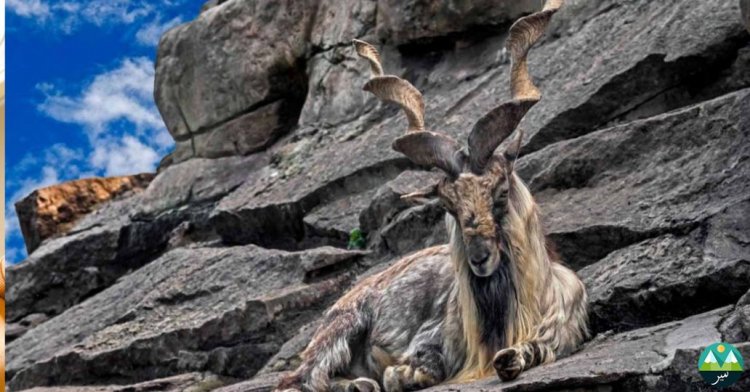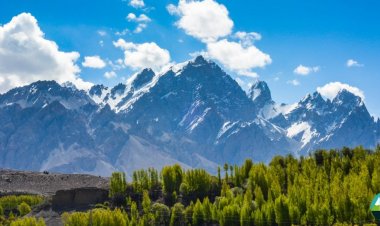A Guide to Astore Wildlife Sanctuary

Astore Wildlife Sanctuary is a protected area located in the Astore District of Gilgit-Baltistan. It covers an area of approximately 1,500 square kilometers and is known for its rich biodiversity and stunning natural beauty.
It is a must-visit destination for nature lovers, wildlife enthusiasts, and trekkers. The sanctuary's scenic beauty, rich biodiversity, and cultural heritage make it an ideal place to visit for a unique and unforgettable experience.
Wildlife:
The sanctuary is home to a variety of wildlife species, including snow leopard, Himalayan brown bear, Asiatic ibex, musk deer, and several species of birds and fish.
Trekking:
Astore Wildlife Sanctuary is a popular destination for trekking enthusiasts. The area is surrounded by snow-capped peaks, glaciers, and lush green valleys. Trekking routes range from easy to challenging and offer breathtaking views of the surrounding landscapes.
Accommodation:
There are a few guesthouses and campsites available near the sanctuary for tourists. However, it's recommended to book in advance, especially during peak seasons.
Best time to visit:
The best time to visit Astore Wildlife Sanctuary is from April to October when the weather is relatively mild and the wildlife is active. The sanctuary is closed during the winter months due to heavy snowfall.
Permits:
Visitors need to obtain a permit from the Wildlife Department of Gilgit-Baltistan before entering the sanctuary. You will also need to pay an entry fee to enter the sanctuary.
How to Get There:
Astore Wildlife Sanctuary is accessible via the Karakoram Highway (KKH), which connects Islamabad to Gilgit. You can take a bus, or taxi or hire a car to travel along the KKH to Astore Valley. From there, you can take a jeep or hike to the sanctuary.
Recommendations:
- Hiring a local guide is highly recommended, as they can provide valuable information about the wildlife, terrain, and culture of the region.
- Astore Wildlife Sanctuary has strict rules and regulations, and visitors are required to follow them.
- If you're planning to go trekking or hiking, make sure to bring the necessary equipment such as a backpack, water bottle, first aid kit, and trekking poles.
- It's recommended to bring some food and snacks, as well as a sleeping bag and a tent if you plan to camp.
- Do not disturb or harm the animals or their natural surroundings, and keep a safe distance from them.

















